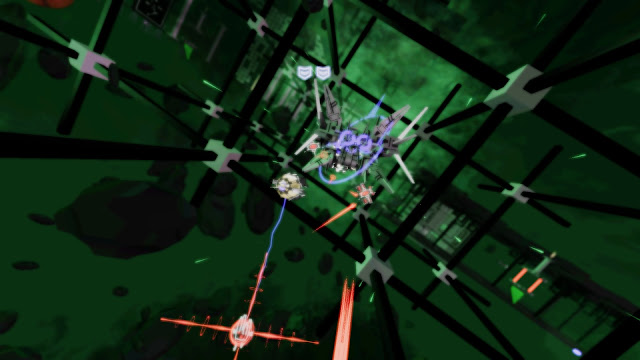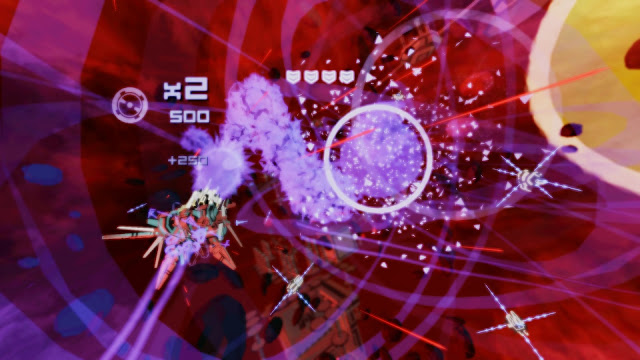In 2015, developers can comfortably churn out retro-style 2D shooters that satisfy a targeted niche so long as the underlying mechanics are well built or exceptional in some way. The actual process of designing them typically takes less time and manpower than other types of games due to the conservative nature of the genre (remember Action 52?). You don’t need a ton of levels or ultra flashy backgrounds to design a thoroughly memorable shoot ‘em up.
– Clark A.
Anime Editor











